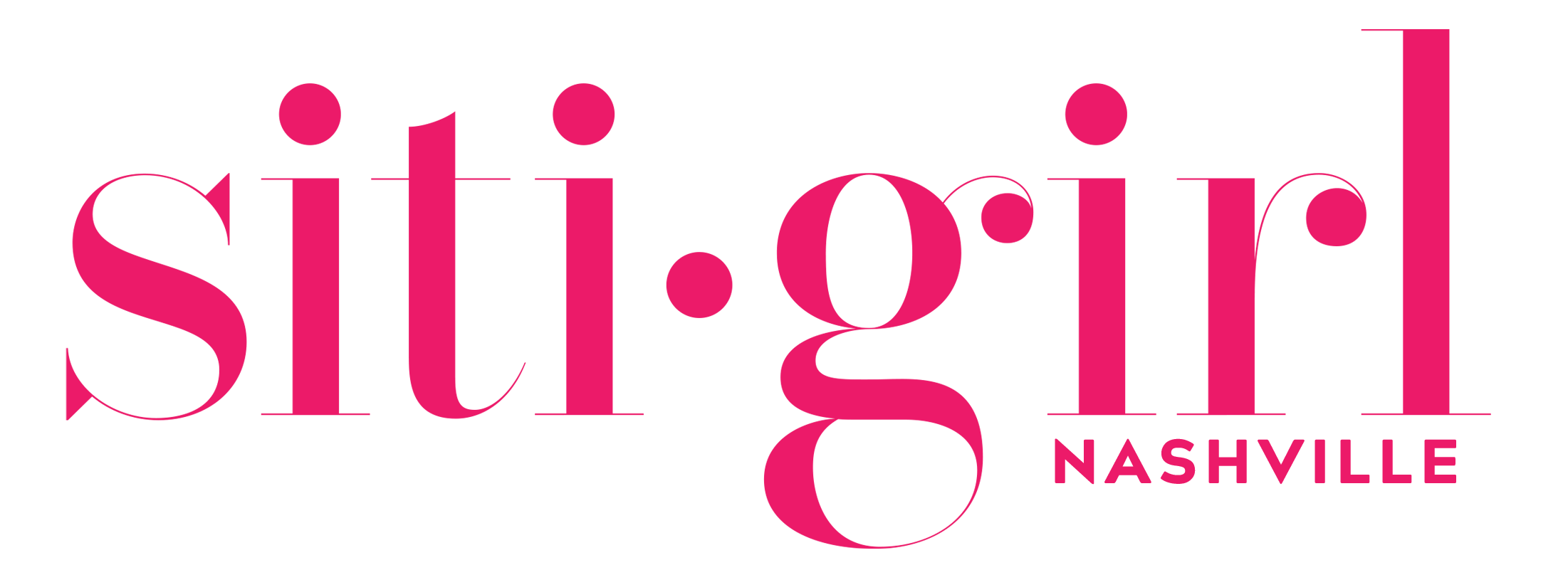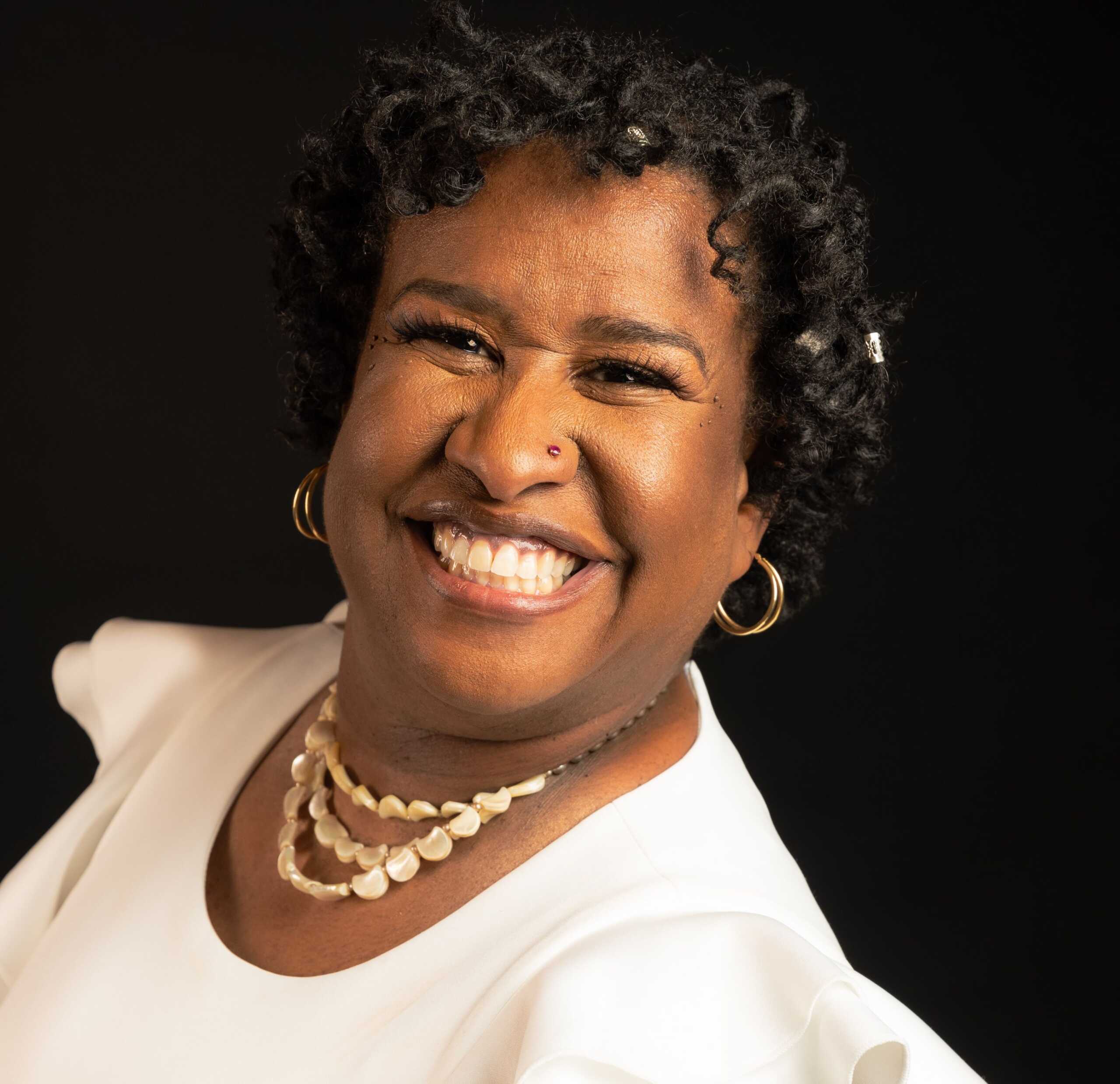By: Dr. Lauren N Penn
Hello, amazing women of October! As we celebrate Breast Cancer Awareness Month, I want to extend my heartfelt encouragement to each one of you on your health journey. In this month dedicated to breast health, we all know the importance of fitness, but let’s take a moment to discuss another crucial aspect – self-care, especially when it comes to breast health.
Many of us have fitness accountability partners, and that’s fantastic! But why not extend that partnership into the realm of health and wellness? Having a health accountability partner can be a game-changer. It allows you to share your health victories and concerns, offering support, and reducing anxieties. It’s like having a reliable friend to help you process tough decisions and create a plan for better health outcomes.
Cancer ranks among the top three health concerns in the United States, and breast cancer is a significant part of this concern. One important step you can take for your breast health is performing self-breast exams regularly. However, not all breast lumps are the same, and it’s essential to understand what you might find during a self-exam.
First and foremost, it’s crucial to remember that a cancerous lump is not always painful. In fact, in the early stages, cancerous lumps are often painless. That said, here are some insights into lumps you might discover under your armpits:
Swollen Lymph Nodes: Sometimes, swollen lymph nodes can cause lumps to develop in the armpit. These nodes are essential for your immune system, and changes in them may indicate health issues.
Swollen Sweat Glands: Sweat glands collaborate with lymph nodes to eliminate waste from your body. However, many commercial deodorants contain substances that can clog the pores, leading to painful lumps. So, be mindful of the products you use. Ingrown Hair: Shaving and waxing can both lead to ingrown hairs in the armpit area. Hormonal changes can also increase hair growth here, resulting in ingrown hairs.
Now, shifting our focus from lumps to the skin, another important area to examine during your self-care routine is the skin itself. When conducting a self-exam, use your opposite hand’s index and middle fingers to feel your armpit. Pay attention not just to touch but also to visual cues. Look for:
- Discoloration: Any unusual changes in skin color should be noted.
- Dryness and Itching: Persistent itching that doesn’t respond to treatment may be a sign of concern and shouldn’t be ignored.
- Rapid Pigmentation Growth: If you notice that pigmentation is changing rapidly, it’s time to consult a healthcare professional.
Keeping a healthcare journal can be incredibly helpful. Note any changes, when they occur, and questions you want to ask your doctor. Sharing these insights with your health accountability partner can provide valuable perspectives on your health journey. Our individual experiences shape us and provide wisdom to share with others, offering support and enlightenment.
Remember, your health is your wealth, and self-care is an ongoing process that helps us age with grace. This Breast Cancer Awareness Month, let’s not only raise awareness but also prioritize our own well-being. Here’s to health, happiness, and embracing the power of self-care!




